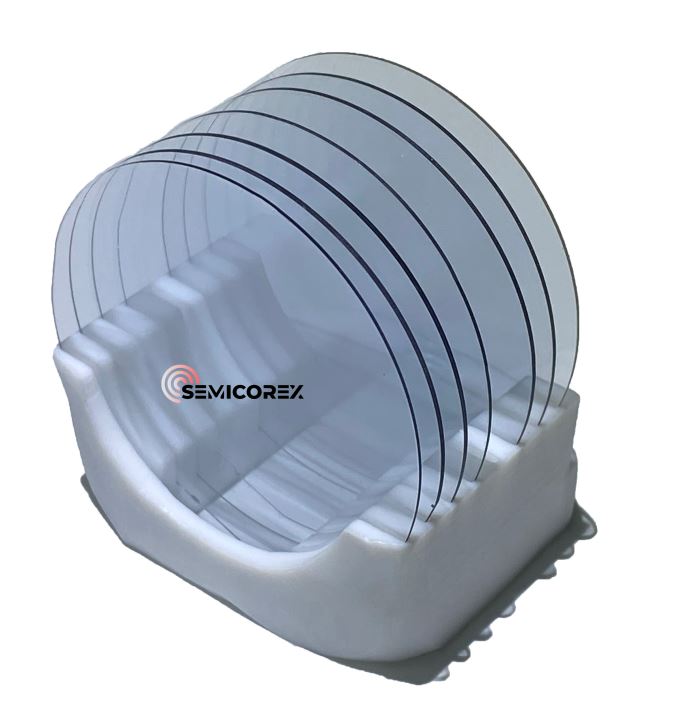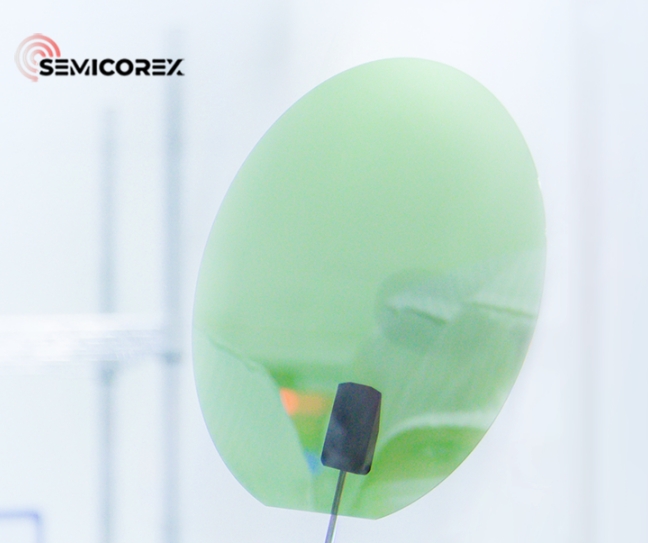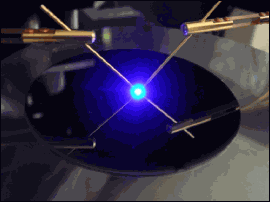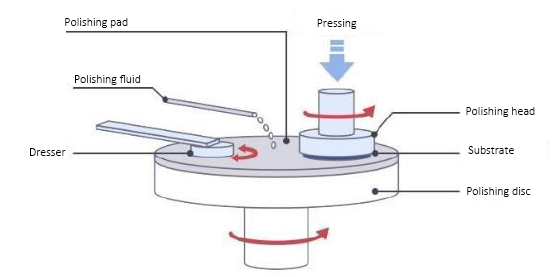
- English
- Español
- Português
- русский
- Français
- 日本語
- Deutsch
- tiếng Việt
- Italiano
- Nederlands
- ภาษาไทย
- Polski
- 한국어
- Svenska
- magyar
- Malay
- বাংলা ভাষার
- Dansk
- Suomi
- हिन्दी
- Pilipino
- Türkçe
- Gaeilge
- العربية
- Indonesia
- Norsk
- تمل
- český
- ελληνικά
- український
- Javanese
- فارسی
- தமிழ்
- తెలుగు
- नेपाली
- Burmese
- български
- ລາວ
- Latine
- Қазақша
- Euskal
- Azərbaycan
- Slovenský jazyk
- Македонски
- Lietuvos
- Eesti Keel
- Română
- Slovenski
- मराठी
- Srpski језик
Industry News
4th Generation Semiconductors Gallium Oxide/β-Ga2O3
The first generation of semiconductor materials is mainly represented by silicon (Si) and germanium (Ge), which began to rise in the 1950s. Germanium was dominant in the early days and was mainly used in low-voltage, low-frequency, medium-power transistors and photodetectors, but due to its poor hig......
Read MoreDefect-Free Epitaxial Growth and Misfit Dislocations
Defect-free epitaxial growth occurs when one crystal lattice has nearly identical lattice constants to another. Growth happens when lattice sites of the two lattices at the interface region are approximately matched, which is possible with a small lattice mismatch (less than 0.1%). This approximate ......
Read MoreOxidation Process
The most basic stage of all processes is the oxidation process. The oxidation process is to place the silicon wafer in an atmosphere of oxidants such as oxygen or water vapor for high-temperature heat treatment (800~1200℃), and a chemical reaction occurs on the surface of the silicon wafer to form a......
Read MoreWhy Doesn’t Gllium Nitride (GaN) Epitaxy Grow on a GaN substrate?
The growth of GaN epitaxy on GaN substrate presents a unique challenge, despite the material’s superior properties when compared to silicon. GaN epitaxy offers significant advantages in terms of band gap width, thermal conductivity, and breakdown electric field over silicon-based materials. This mak......
Read More









